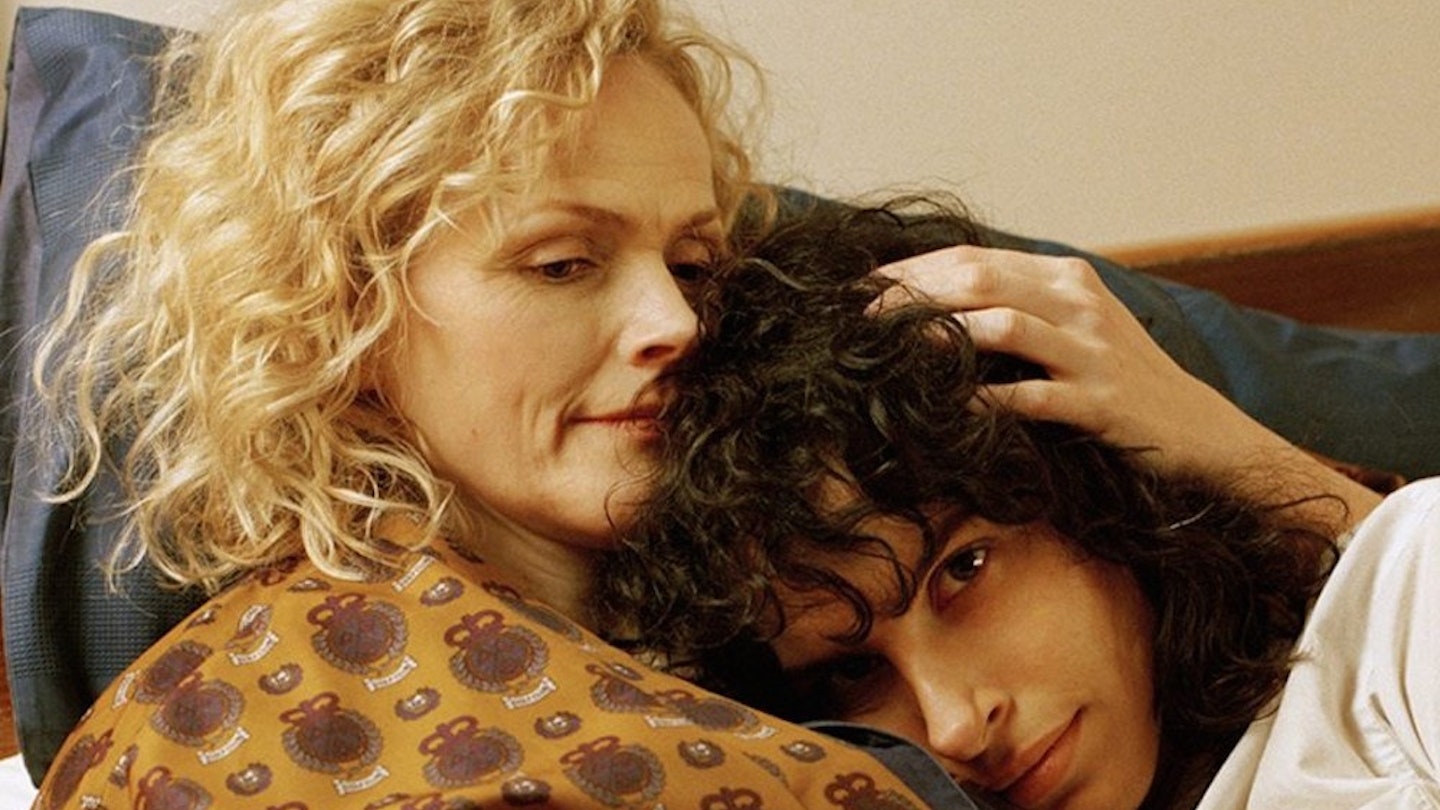Last year was, contextually, a bit of a moment for bisexuality in popular culture. Janelle Monae kicked it off, literally flying the bisexual flag for her single Make Me Feel. Harry Styles ignited a frenzied clamour for bi content when he sang about his own bisexuality. On screen, Brooklyn 99, Jane The Virgin and, of course, Desiree Akhavan’s The Bisexual were refreshing in their careful and realistic takes on bisexuality. 2018 also saw the first ever romantic reality TV series to look at love when you’re into more than one gender – Courtney Act’s The Bi Life – which received largely positive reviews.
It’s by no means an exhaustive list, but it’s not ground-breaking either. No games have been fundamentally changed, so far. But, for the first time in a long time, it is encouraging to see a handful of positive representations of a community that is largely… by-passed. According to GLAAD’s Where Are We On TV? report for 2017-18, bisexual characters make up 28 per cent of the LGBTQ characters tracked across all platforms – which totalled 6.4%. And when bi people are represented, it’s usually to reassert tired tropes – for bi women, this means the “bored housewife” who becomes enamoured and sexually “adventurous” with her female friend. The “greedy” villain, the indecisive and confused, the promiscuous, power-hungry liars. Bi men are also treated with disdain, caution or with the implication that their bisexuality is merely a stepping-stone to being “fully gay” – or, as Carrie Bradshaw once put it in Sex and the City, “a layover to gaytown”.
Indeed, GLAAD’s 2016 annual report on the state of minorities concluded that bisexuals are, more often than not, typecast as villains. This is “one trope that GLAAD continued to see over and over again,” the report said, of the idea that bisexual characters are “depicted as untrustworthy, prone to infidelity and/or lacking a sense of morality.” Either that or the entire existence of bisexuality is replaced by “sexually fluid”, someone who “doesn’t like labels”, gratuitously references the Kinsey Scale or it’s entirely dismissed. Think Orange Is The New Black’s Piper who is continually addressed as either a lesbian or straight “again” despite quite obviously being bi.
And still today, bi-erasure and bi-phobia pop up in curious places. An op-ed, published today by writer Julie Bindel, who asks why “boringly straight women are pretending to be lesbians”. Of course, “lesbian tourism” is not a new gripe within the community – but rarely is it openly acknowledged as a tool to belittle and outcast bisexuality.
It can be a strange revelation – for some, anyway. From my experience, many bisexual women don’t realise that they are bi, just that they’re… not straight. My first romantic experience was with a girl, and a secret. While I was attracted to boys, I went along with teenage “experimentations” too, kissing girls for fun like everyone else… except my experimentations often went further. At university I had more secret flings with girls, while openly dating men. It wasn’t until my late twenties that I told friends and family I was attracted to women. I still didn’t say I was bisexual, though – I am straight-presenting, feminine and cisgendered. There are no outward-facing question marks over me or my sexuality. Rather I thought of myself as not lesbian enough and not straight enough either. I gather that this is quite common. Girls I’ve seen have asserted that I’m gay and told me to “sort my shit” and come out. Guys have fetishized my sexuality or questioned whether they could trust me. Or they ask for a threesome.
The point is that stereotypes – and popular culture – have a lot to answer for. It is easy for others to feel validated in their views of you when they are backed up by what they see on screen. And it is easier devalue or resent yourself and to question where you fit in the world when you don’t see yourself reflected in it. And so studies, like this one from the Society for Prevention Research, frequently show that isolation and stigma, even within the LGBTQ community, increases a sense of loneliness in bi people and leaves them more susceptible to poor mental health and suicidal tendencies. Bi men and women also report lower levels of overall life satisfaction across adulthood, according to one US report.
The state of play is improving – earlier this year, we even saw the first ever bisexual person sworn into the US senate (Kyrsten Sinema is also Arizona’s first female senator). It’s exciting seeing popular culture slowly evolve – and encouraging. The more we see bisexual people in the public eye and on screen, treated with humanity and nuance, the closer we get to erasing the real-life erasure of bisexuality. Things are getting better. But we’re not done yet.
